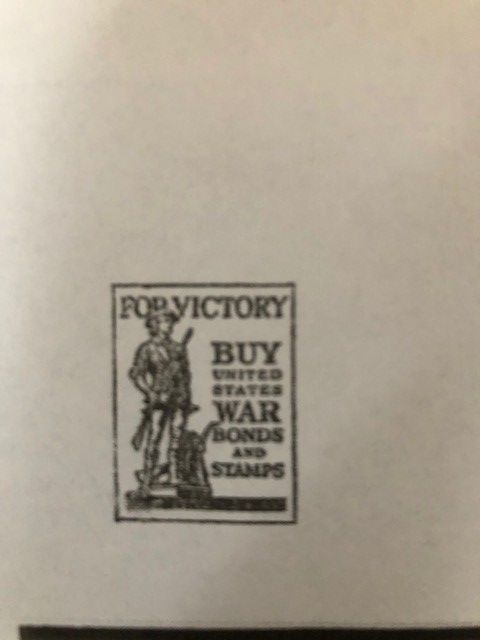March Is Women’s History Month
And as I stated a few posts ago, every month and everyday should be Women’s History Month.
One way to honor the women who have made our world what it is – and the young girls and women who are following in their footsteps – is to learn something new about a woman in history from your community, your family, or who has contributed nationally or internationally – from big to small contributions – every contribution means something.
And here is another thing to think about when contemplating the role of women in our society – did you know, that of all the monuments on the National Mall in Washington, DC, none has been built exclusively to honor women in our history? The National Women’s History Museum (NWHM) has been striving to change that for many years. In December, their bill to form a commission was signed into law – meaning now they can fund, staff, and aid a commission to determine the feasibility of such a museum (it’s a long and tedious process). In the past, such commissions for monuments and museums on the Mall were government funded but this time – and from now on (guess they figured the ones to be the first to fund it privately would be women because WE CAN DO IT!) – it has to all come from private monies. There is one spot left on the Mall for one more museum. In the words of the NWHM, being on the Mall would mean mainstreaming women’s history. Mitchell House is a charter member of the NWHM. This is the same group that raised the funds to bring the sculpture you see here out of the Capitol basement (Yes, the founding mothers of women’s rights were relegated to the basement) and into the Rotunda. Lucretia Coffin Mott – a native Nantucketer, Quaker, and distant cousin of Maria’s – Susan B. Anthony, and Elizabeth Cady Stanton are featured in this sculpture.
This is a group well-worth the support of all of us. It’s high time our government and all of us, “remembered the ladies.”
JNLF
Recent Posts





